Author: Steve Thanos
At its base, beer is made of four ingredients – water, barley, hops, and yeast. However, driven by the desire to create something unique, a number of brewers have opted to include various adjuncts in their creations including coffee. Given its characteristic similarities to roasted grains, coffee is perhaps most commonly associated with darker beer styles, though it has also been used to contribute flavor depth to paler styles as well.
One such style is White Stout, which purportedly started as an April Fool’s joke by Stone Brewing Company and Brewdog Brewing sometime in the last decade. With its curious juxtaposition of pale color and roasty flavors typically found in darker styles, White Stout seems to have just as many fans as it does detractors. In order to achieve this unique blend of characteristics, brewers often include chocolate and coffee adjuncts in their recipes as a way to mimic what roasted grains impart.
I personally think White Stout is fun, and I’ve had a handful of example I feel were quite delicious. As someone who is just as nerdy about coffee as I am beer, I began to wonder how big of an impact the type of coffee used might have, particularly regarding the source of the beans. Whereas coffee from Central America is widely touted as being mild with a slightly sweet flavor of light caramel and decent acidity, Indonesian coffee is said to boldly flavored with smoky and earthy notes. Curious to see if these characteristics carry-through when used in a White Stout, I design an xBmt to test it out!
| PURPOSE |
To evaluate the differences between a White Stout made with Central American coffee and one made with Indonesian coffee.
| METHODS |
For this xBmt, I went with a recipe I felt would emphasize any differences caused by the variable.
Urban Avhievers
Recipe Details
| Batch Size | Boil Time | IBU | SRM | Est. OG | Est. FG | ABV |
|---|---|---|---|---|---|---|
| 5.5 gal | 60 min | 31.6 | 6.3 SRM | 1.054 | 1.011 | 5.64 % |
| Actuals | 1.054 | 1.011 | 5.64 % | |||
Fermentables
| Name | Amount | % |
|---|---|---|
| Mild Malt | 8 lbs | 71.11 |
| Barley, Flaked | 1 lbs | 8.89 |
| Oats, Flaked | 1 lbs | 8.89 |
| Caramel Malt 20L | 12 oz | 6.67 |
| Wheat White Malt | 8 oz | 4.44 |
Hops
| Name | Amount | Time | Use | Form | Alpha % |
|---|---|---|---|---|---|
| CTZ | 14 g | 60 min | Boil | Pellet | 14.1 |
| CTZ | 10 g | 15 min | Boil | Pellet | 14.1 |
Miscs
| Name | Amount | Time | Use | Type |
|---|---|---|---|---|
| Cacao Nibs | 14 g | 5 min | Boil | Flavor |
| Cold Brew Coffee | 12 oz | 0 min | Secondary | Other |
Yeast
| Name | Lab | Attenuation | Temperature |
|---|---|---|---|
| Pub (A09) | Imperial Yeast | 74% | 32°F - 32°F |
Notes
| Water Profile: Ca 36 | Mg 12 | Na 9 | SO4 27 | Cl 17 |
Download
| Download this recipe's BeerXML file |
After collecting 2 sets of water and lighting the flame to get them heating up, I weighed out and milled the grains.
Once the water for each batch was adequately heated, I incorporated the grains then checked to make sure they were at my target mash temperature.
While the mashes were resting, I prepared the kettle hop additions.
Once each 60 minute mash was complete, I removed the grains and brought the worts to a boil, adding hops a the times listed in the recipe. With 5 minutes left in each boil, I added the cacao nibs.
When the 60 minute boils were finished, I quickly chilled each wort with my JaDeD Brewing Hydra IC.
Refractometer readings showed both worts achieved the same target OG.
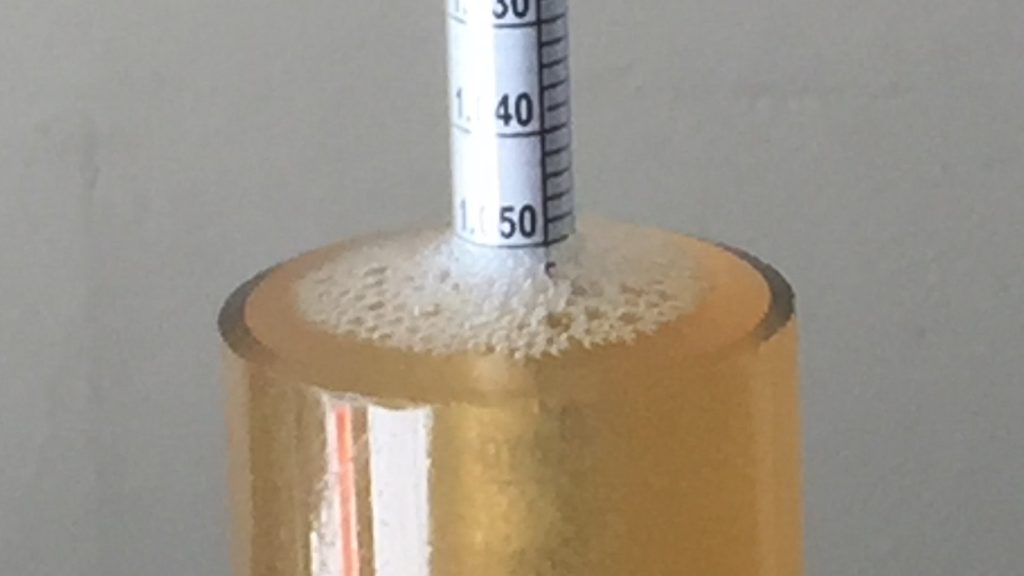
After transferring identical volumes of wort from each batch to sanitized fermenters, I placed them in a chamber controlled to 66°F/19°C pitched a pouch of Imperial Yeast A09 Pub into each.
A couple days later, I prepared two 12 oz/355 mL batches of cold brew coffee, one using Central American beans and the other using Indonesian beans, both from the same roaster.
With signs of fermentation activity absent after a week, I took hydrometer measurements showing both beers were at the same target FG.
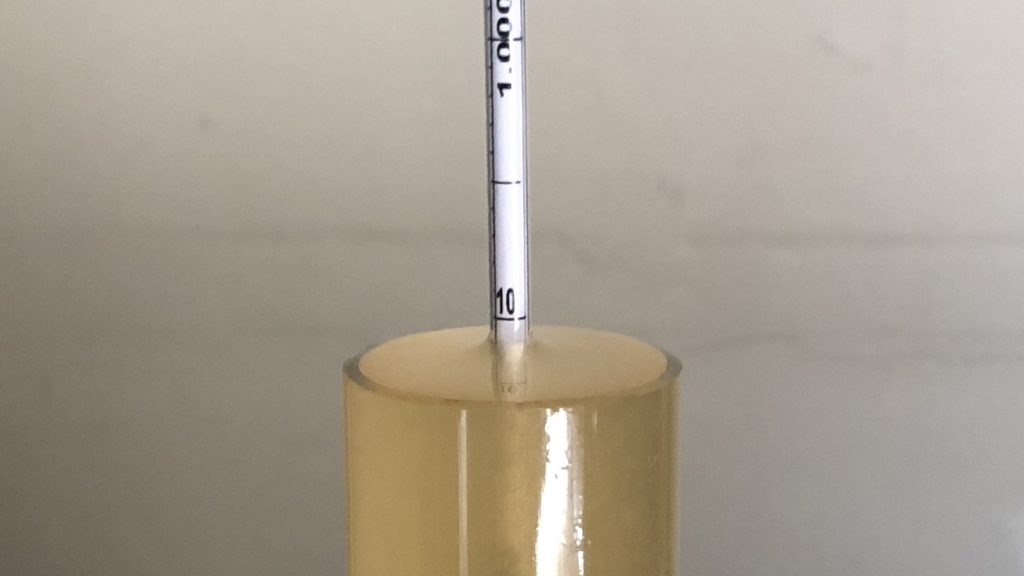
At this point, I gently added the different cold brew coffees to separate sanitized kegs then transferred equal volumes of beer from either batch to the kegs. The filled kegs were placed on gas in my keezer where they were left to condition for a couple weeks before they were ready to serve.
| RESULTS |
A total of 20 people of varying levels of experience participated in this xBmt. Each participant was served 1 sample of the beer made with Central American coffee and 2 samples of the beer made with Indonesian coffee in different colored opaque cups then asked to identify the unique sample. While 11 tasters (p<0.05) would have had to accurately identify the unique sample in order to reach statistical significance, just 8 did (p=0.34), indicating participants in this xBmt were unable to reliably distinguish a White Stout made with Central American coffee from one made with Indonesian coffee.
My Impressions: Out of the 5 semi-blind triangle tests I attempted, I was unable to correctly identify the odd-beer-out. To me, these beers were identical in terms of aroma, flavor, and mouthfeel, both possessing a clean malt character, soft mouthfeel, and pungent coffee character that was reminiscent of a traditional dark Stout.
| DISCUSSION |
White Stout is a sub-style of beer that melds the pale color of a Blonde Ale with the roasty flavors associated with darker styles, which is accomplished in part through the use of coffee. Whereas some place little import on the type of coffee used to make this novel style, others feel nuanced characteristics comes through in the finished beer. Interestingly, tasters in this xBmt were unable to reliably distinguish a White Stout made with Central American coffee from one made with Indonesian coffee.
Given the relatively small amount of coffee used to make White Stout, it’s entirely plausible any qualitative differences based on the source of said coffee are covered up by the other beer characteristics. Another possible explanation for these results is that the differences between the Central American and Indonesian coffees used for this xBmt were nuanced enough to make distinguishing them difficult.
The fact neither blind tasters nor myself were able to consistently tell these beers apart suggests to me that the type of coffee used to make White Stout may not be as important as I once believed. These findings leave me wondering how a higher quality coffee might compare to a cheaper option from the grocery store, perhaps that would lead to a more discernable difference. Or, maybe not. Who knows? Either way, I loved how these beers turned out and will definitely be making more White Stout in the future!
If you have any thoughts about this xBmt, please do not hesitate to share in the comments section below!
Support Brülosophy In Style!
All designs are available in various colors and sizes on Amazon!
Follow Brülosophy on:
FACEBOOK | TWITTER | INSTAGRAM
If you enjoy this stuff and feel compelled to support Brulosophy.com, please check out the Support page for details on how you can very easily do so. Thanks!


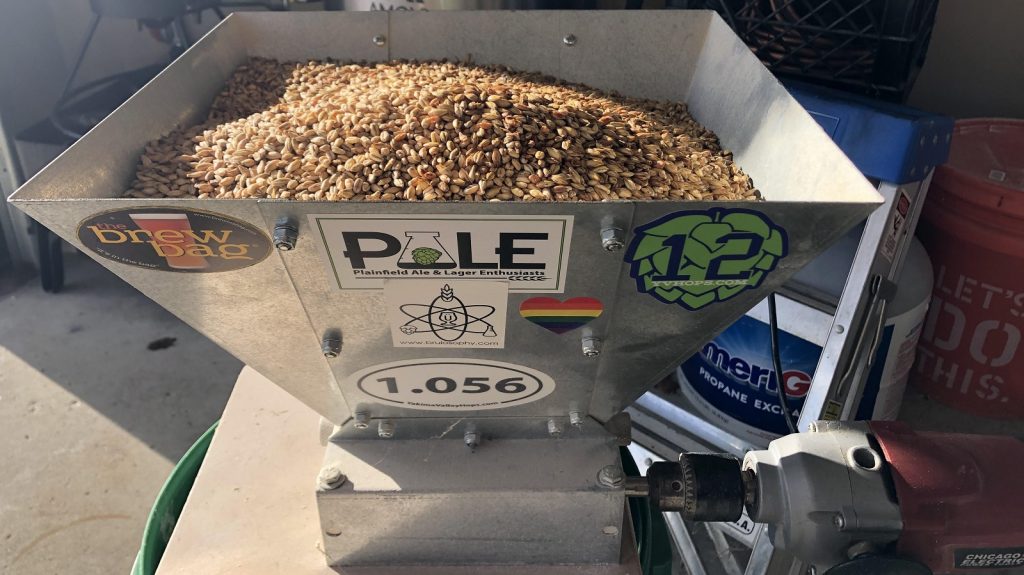
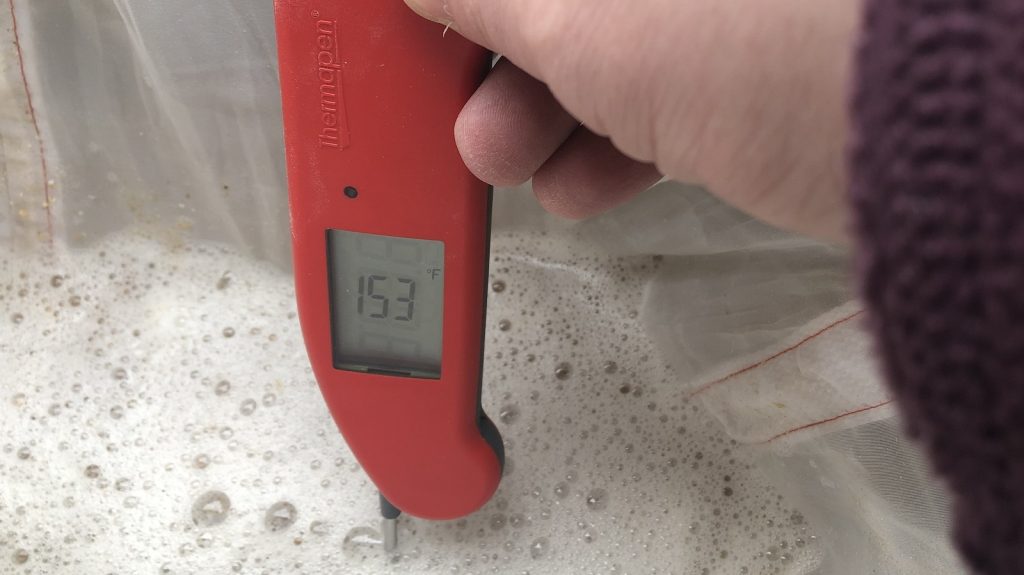
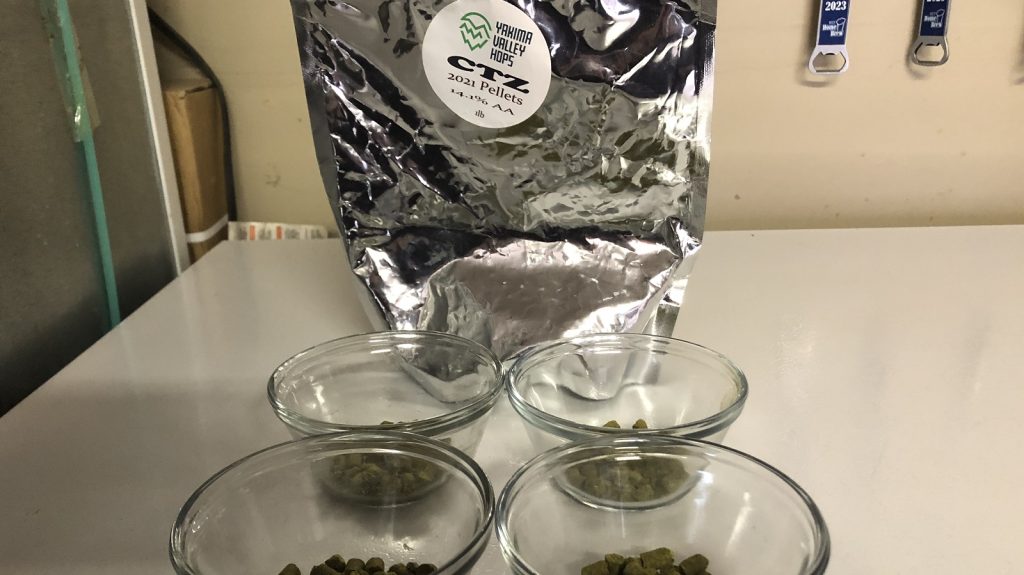
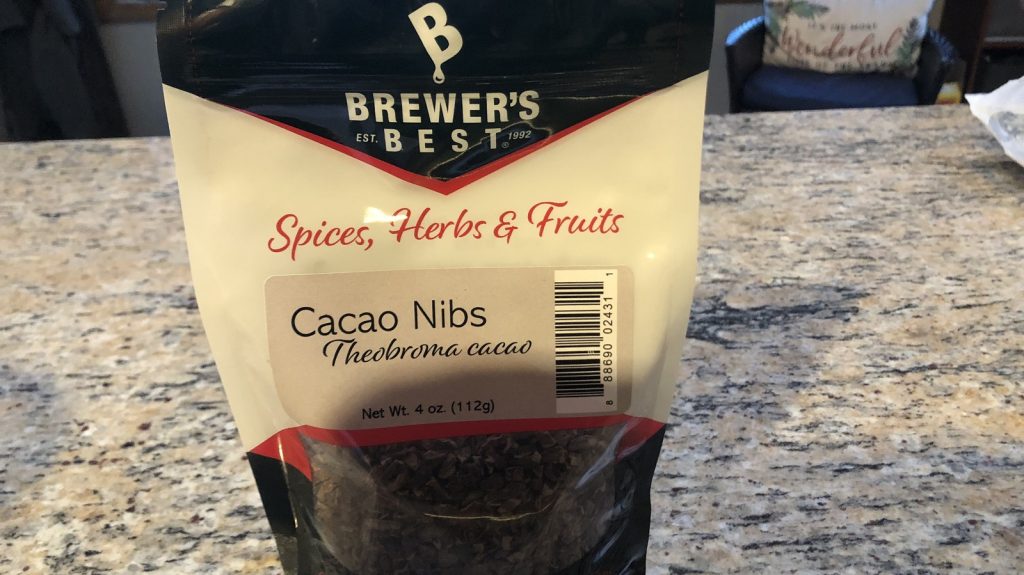
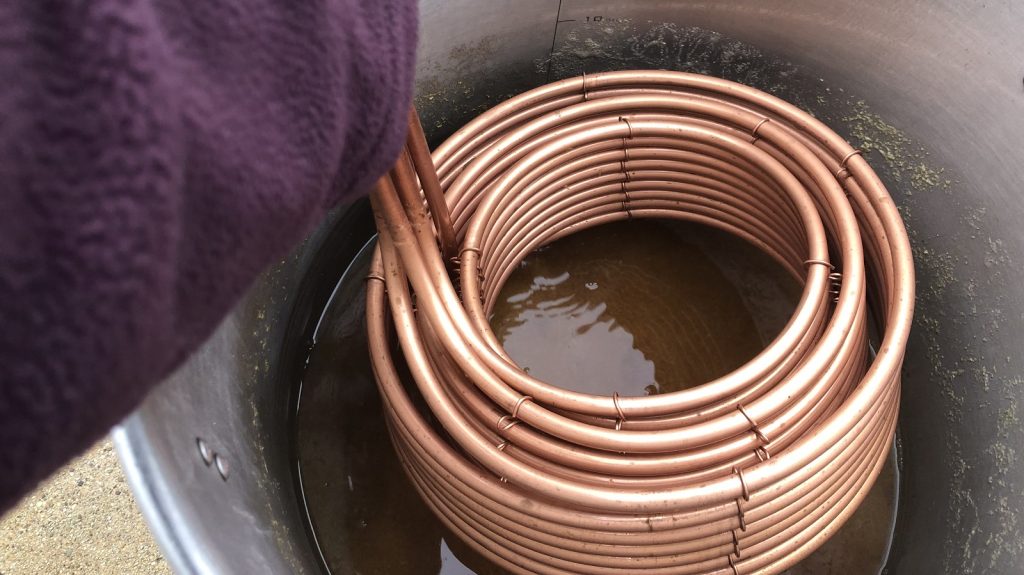
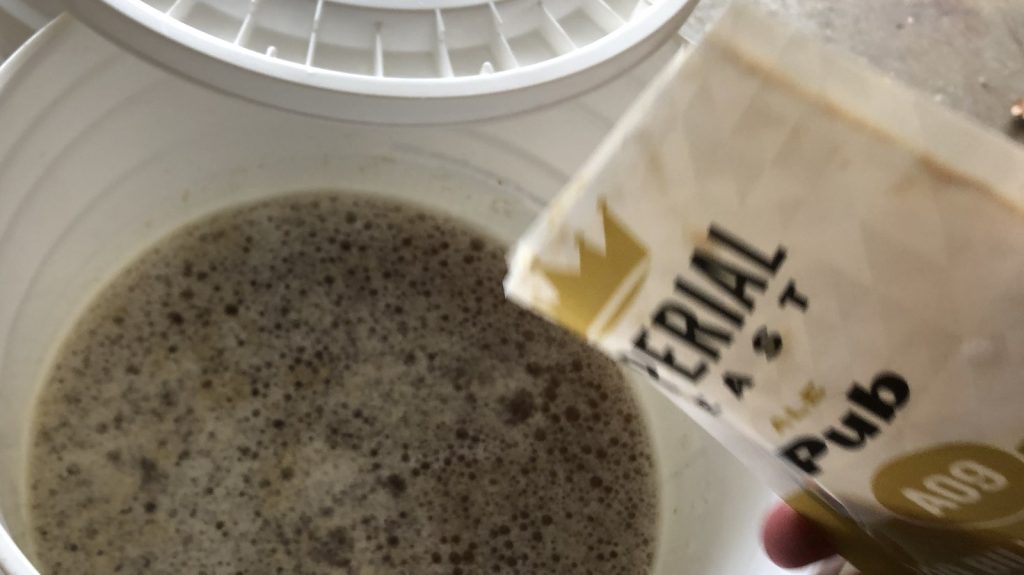
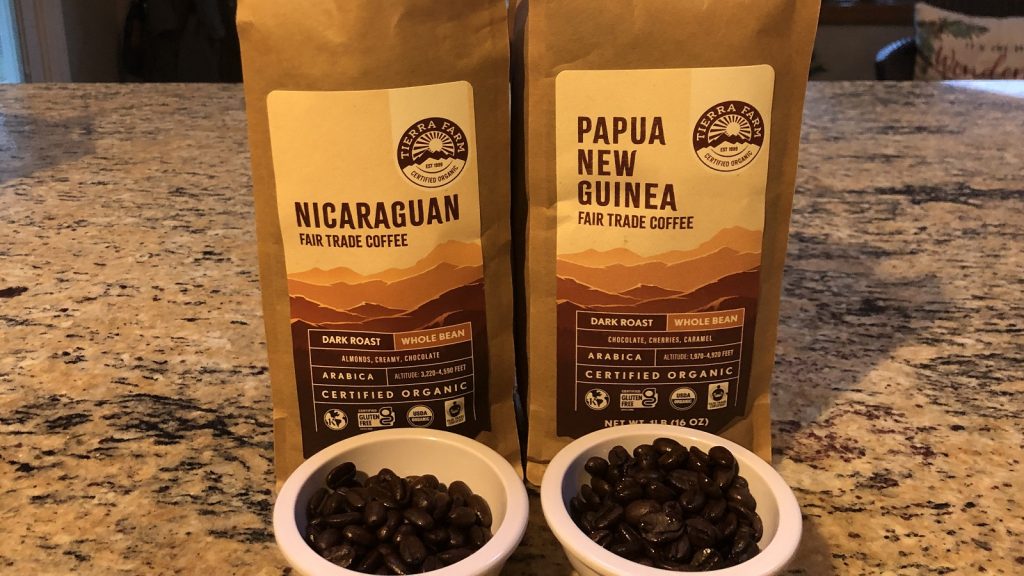
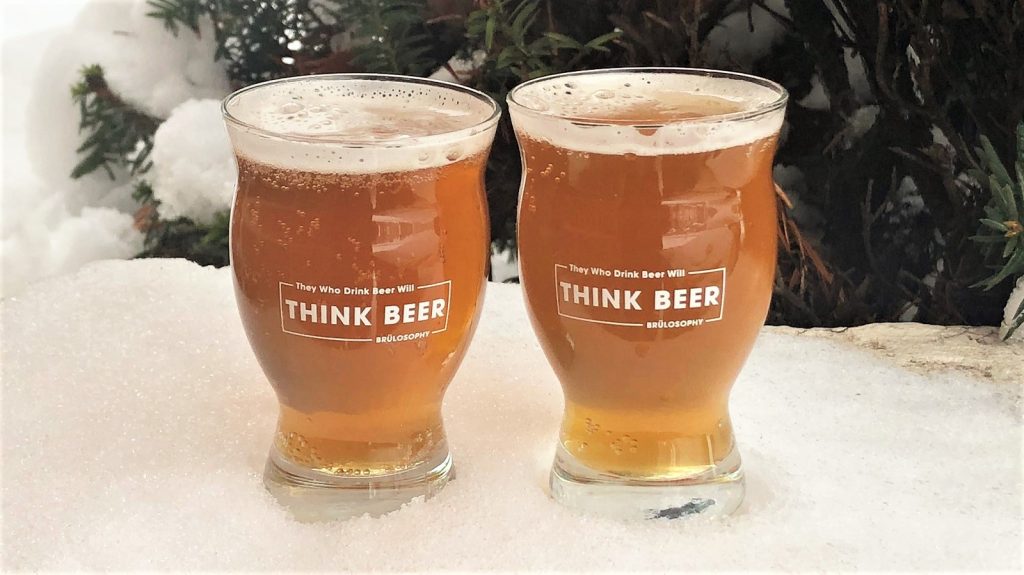











8 thoughts on “exBEERiment | Brewing With Coffee: Central American vs. Indonesian Coffee In A White Stout”
Maybe next time you should try multiple coffees beforehand and select the two with the most noticeable taste differences.
But that would be, dare I say, smart?
As you suggest, it would be fun to compare Folgers with Peets!
2 things.
1. Dark roasts have less varietal difference because it’s been roasted out. You need more of a light to medium roast for origin character to come through.
2. A light roast vs dark roast would also showcase a different character.
Why have brulpsophy become so boring,? Experiments you know will be non significant of you use common sense. Please: more yeast trials, new kveik strains and tests to max hop aroma. Some bottling experiments would also be nice. Cheers
Did you try tasting the two coffees before to see if you could taste much of a difference between the coffee themselves?
Interesting expbeeriment here. Some food for thought: First, agree with the previous comment that both coffees appear pretty dark, especially by modern standards. The darker you roast, the less of the coffee’s origin characteristics remain and the more it tastes like the roast itself. For the purposes of this test, a less developed roast would probably have allowed the coffee’s origin characteristics to shine through more. Also, for future tests you might consider the process method, ie. natural vs washed.
Another thing to consider is the use of cold brew here. One challenge with cold brew which also plagues us home brewers is oxidation. Coffee can oxidize just as easily as beer and the long steeping times of cold brew can cause your coffee to oxidize during the brewing process. This could likely have had a negative impact on the origin characteristics of your coffee which might have contributed to the insignificant result.
I love all things BRULOSPHY, i am nub with 4 brews under my belt i will be brewing this tomorrow. i roast my own coffee and will be using LA LAJA HONEY roasted med light, thank you for all the help you have given me with brewing!!!